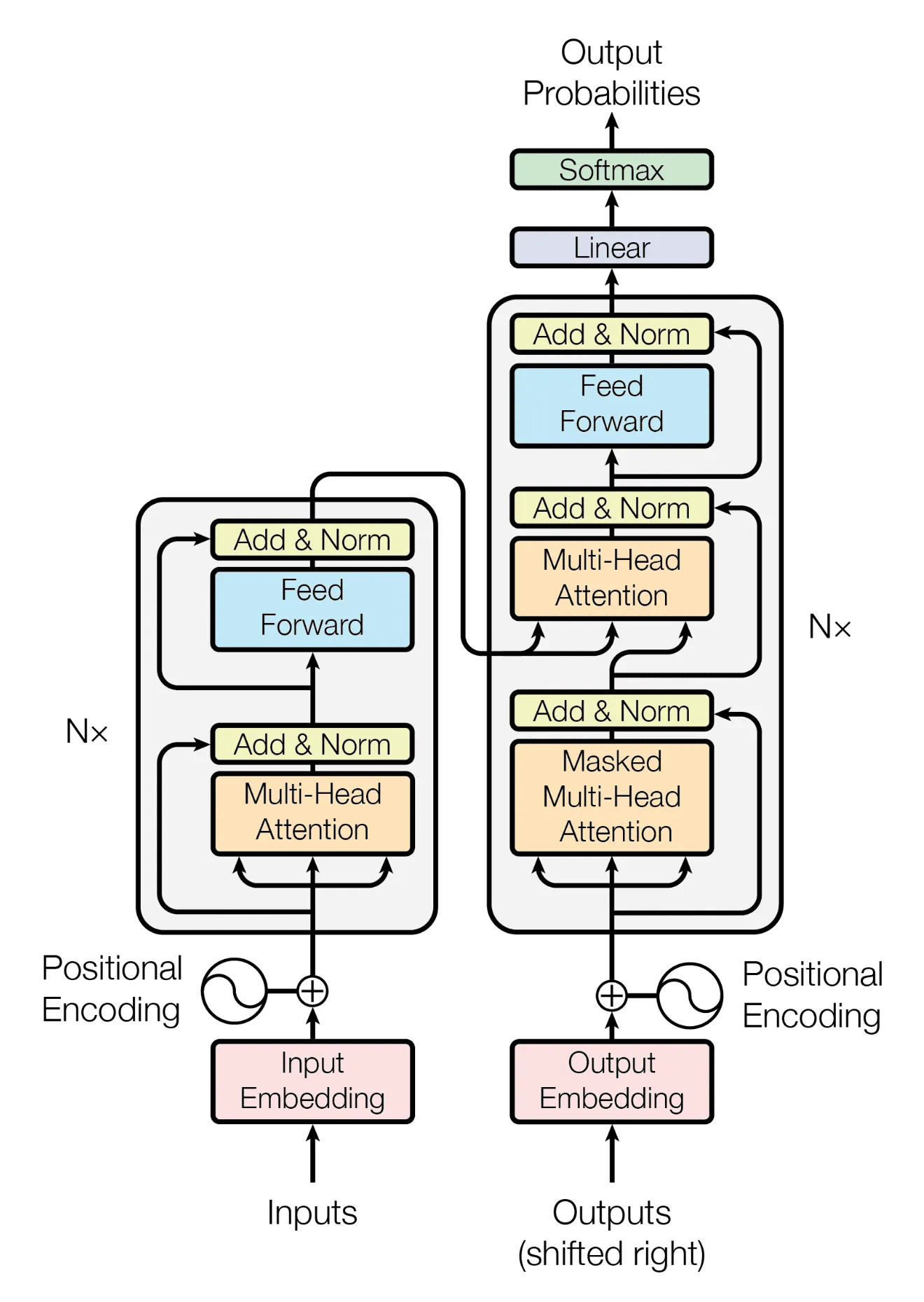Speculative Organology
This research proposes a transdisciplinary framework where instrumental and compositional imagination form an integrative whole. Modern organology conceptualizes musical instruments as dynamic networks of subjects, technical objects, and musical environments. Beyond traditional acoustical artifacts, instruments unfold in micro-scales, fictional functions, and virtual hyper-dimensions, integrating compositional strategies into their ontological foundations.
In an era dominated by technical objects, musical instruments emerge when embedded in specific practices. This invites a critical inversion: what forms of musical experience give rise to and sustain the sociocultural complex of technical objects? Organology has largely functioned as an instrument taxonomy; however, can its relational models speculate and design future instruments?
From its scientific origins, organology focused on sound production, later incorporating ethnographic perspectives. By the 21st century, it established that instruments must be understood within cultural contexts. This triad—objects, subjects, and context—enables the fusion of composition, representation, hybridization, and instrument fabrication.
Objects, once limited to material dimensions, now extend to microscale interactions and fictionalized functions, while subjects decentralize to include automatons, avatars, and AI agents. This compels a reevaluation of who or what performs and listens within a musical system.
Using methodologies from systematic musicology, acoustic modeling, instrumentality studies, and parametric design, this research proposes a Speculative Organizational Model (SOM). Rather than classifying existing instruments, SOM reveals gaps where undiscovered instruments may emerge, emphasizing the body as interface, multidimensional transduction, environmental reciprocity, and teleology. It posits that wherever there is the potential for instrumentation, a musical instrument can emerge.
The field of organology has traditionally focused on…
Figures
Use the figure component to display images, videos, equations, or any other element, with an optional caption.

Two columns
Use the two columns component to display two columns of content. In this example, the first column contains a figure with a YouTube video and the second column contains a figure with a custom React component. By default, they display side by side, but if the screen is narrow enough (for example, on mobile), they’re arranged vertically.
Heading levels
Use headings to divide your content into sections.
Heading 3
Go down a level to heading 3…
Heading 4
…and down again to heading 4.
LaTeX
You can also add LaTeX formulas, rendered during the build process using KaTeX so they’re quick to load for visitors of your project page. You can write them inline, like this: . Or, you can write them as a block:
Tables
You can add simple tables using GitHub Flavored Markdown syntax:
| Model | Accuracy | F1 score | Training time (hours) |
|---|---|---|---|
| BERT-base | 0.89 | 0.87 | 4.5 |
| RoBERTa-large | 0.92 | 0.91 | 7.2 |
| DistilBERT | 0.86 | 0.84 | 2.1 |
| XLNet | 0.90 | 0.89 | 6.8 |
BibTeX citation
@misc{roman2024academic,
author = "{Roman Hauksson}",
title = "Academic Project Page Template",
year = "2024",
howpublished = "\url{https://research-template.roman.technology}",
}
Agential Ontologies
Explore the relationships between different theoretical frameworks in this interactive 3D visualization:
This visualization maps the relationships between various theoretical frameworks along three axes:
- Agency: The degree of agency attributed to non-human actors
- Materiality: The emphasis on material aspects and physical relationships
- Environment: The consideration of environmental and ecological factors